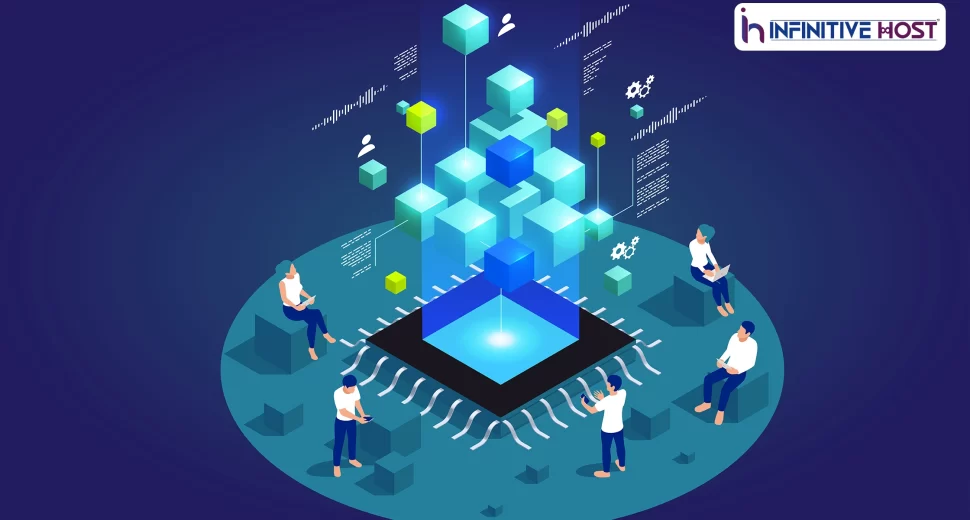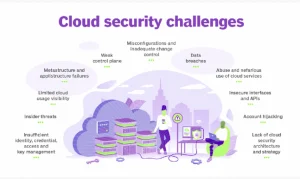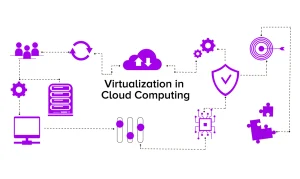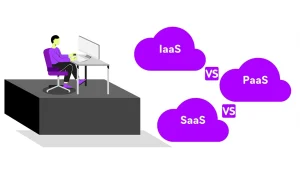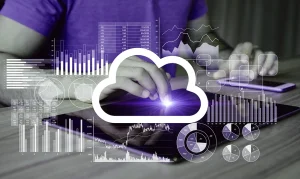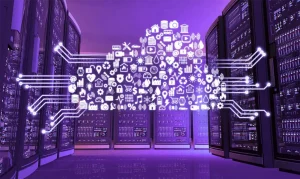Introduction:
Edge computing is a distributed computing model that brings data processing and storage closer to the location where it is needed, rather than relying on centralized cloud servers. With edge-computing, data processing, and storage are performed on devices or nodes located at the “edge” of a network, such as sensors, gateways, or routers, instead of being transmitted to a central data center or cloud for processing.
It offers several other benefits, such as improved security and privacy, lower bandwidth costs, and greater scalability. By keeping data processing and storage closer to the edge of the network, it can reduce the amount of data that needs to be transmitted over the network, which can help lower bandwidth costs and reduce the risk of data breaches or cyber-attacks.
How Does Edge Computing Work?
Edge computing is a distributed computing paradigm that involves processing data at the edge of the network, rather than in a centralized data center. In edge-computing, data is processed and analyzed closer to the source of the data, which can improve performance and reduce latency.
Here’s How Edge-Computing Works In More Detail:

1. Data is generated by sensors or devices at the edge of the network, such as IoT devices, mobile phones, or industrial sensors.
2. The data is transmitted to edge-computing devices, such as edge servers or gateways, which are located closer to the data source than centralized data centers.
3. Edge-computing devices process the data in real time, using edge-computing algorithms that are designed to analyze the data quickly and efficiently. The algorithms can be customized for specific applications or industries.
4. Once the data has been processed, the results are transmitted back to the data source or to a centralized data center for further analysis or storage.
5. Edge-computing devices can also be used to filter and preprocess data before it is transmitted to a central data center, which can help reduce the amount of data that needs to be transmitted and stored.
Related:-Everything About Datafication & Its Future In Business
Why Is Edge Computing Important?

Edge computing has the ability to reduce latency, or the delay between when data is generated and when it can be processed or acted upon. By processing data locally, at the edge of the network, it can reduce the time it takes for data to travel back and forth to a centralized server, which can be particularly important for applications that require real-time or near-real-time processing, such as industrial control systems, autonomous vehicles, or video streaming.
However, it also presents some challenges, such as the need for robust device management, data synchronization, and standardization of data formats and communication protocols. As edge-computing continues to gain traction, these challenges are likely to be addressed by developing new tools, platforms, and standards to support the growing ecosystem of edge computing devices and services.
It is a distributed computing paradigm that brings computation and data storage closer to where it is needed, reducing the time and bandwidth required to process data. In edge-computing, data is processed at the edge of the network, which can be a device, a gateway, or a local server, instead of sending it to a remote data center or cloud.
Edge Computing Use Cases And Examples:
Edge-computing has a wide range of use cases across different industries. Here are some examples:
1. Industrial automation: It can be used to monitor and control industrial equipment and machines in real time. For example, edge devices can collect sensor data from manufacturing machines and use it to optimize production processes and reduce downtime.
2. Smart cities: It can be used to monitor and analyze data from sensors and devices in cities, such as traffic cameras, air quality sensors, and parking meters. This data can be used to optimize traffic flow, reduce congestion, and improve public safety.
3. Healthcare: Edge-computing can be used to monitor patient health data in real-time, enabling doctors and nurses to respond quickly to changes in patient’s conditions. For example, edge devices can collect data from wearable devices and transmit it to healthcare professionals for analysis.
4. Retail: It can be used to analyze customer data, enabling retailers to personalize shopping experiences and improve customer engagement. For example, edge devices can collect data from in-store cameras and use it to identify customer preferences and behavior.
5. Transportation: Edge computing can be used to monitor and analyze data from vehicles, such as GPS data, speed, and fuel consumption. This data can be used to optimize routes, reduce fuel consumption, and improve safety.
6. Energy: It can be used to monitor and control energy consumption in enabling energy providers to optimize energy usage and reduce costs. For example, edge devices can collect data from smart meters and use it to adjust energy production and consumption.
What Are The Benefits Of Edge Computing?
Edge-computing can provide several benefits, including reduced latency, improved data security, enhanced network performance, and cost savings. It can also provide more reliable and consistent access to data and applications, even in areas with limited network connectivity. It offers several benefits compared to traditional centralized computing architectures. Here are some of the key benefits of this technology:
1. Reduced latency: By processing data closer to the source, edge computing can reduce the latency and improve response times. This is particularly important for applications that require real-time processing, such as IoT devices and autonomous vehicles.
2. Improved reliability: It can improve the reliability of systems by reducing the dependence on centralized data centers. This can help prevent single points of failure and enable systems to continue operating even in the event of a network outage or other disruptions.
3. Reduced bandwidth usage: It can help reduce bandwidth usage by processing and analyzing data locally, rather than transmitting all data to a centralized data center for processing. This can help reduce network congestion and improve network performance.
4. Enhanced security: It can enhance security by keeping sensitive data closer to the source and reducing the amount of data that needs to be transmitted over the network. This can help prevent data breaches and reduce the risk of cyber attacks.
5. Cost-effective: It can be more cost-effective than traditional centralized computing architectures, particularly for applications that require real-time processing. By processing data locally, It can reduce the costs associated with transmitting and storing large amounts of data in centralized data centers.
Challenges Of Edge Computing:
Edge computing faces several challenges, including security risks, network complexity, and device heterogeneity. As edge devices are often small and low-power, they may not have the resources to support complex security measures, making them vulnerable to attacks. Managing a large number of edge devices and ensuring compatibility with the existing network can also be challenging.
Conclusion:
Edge computing is an emerging technology that has the potential to revolutionize how data is processed and used. It offers several benefits, including reduced latency, improved security, and cost savings, but also presents several challenges that need to be addressed. As the adoption of edge computing grows, it is expected to have a significant impact on various industries and change the way we interact with technology.


